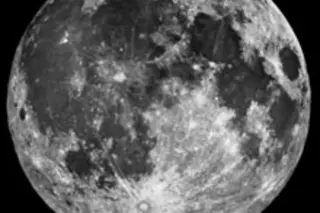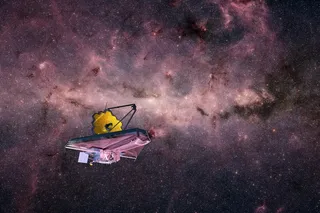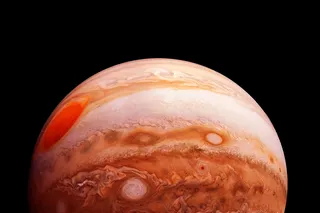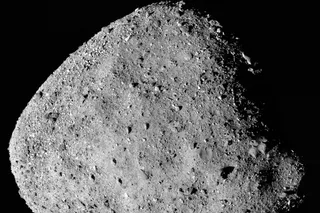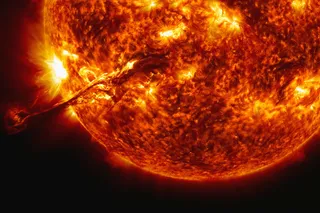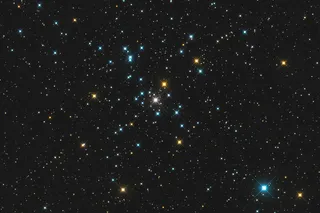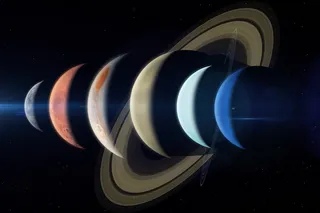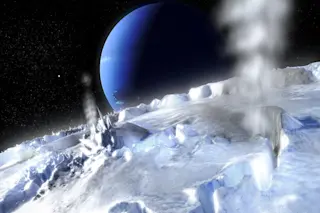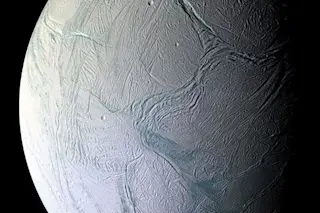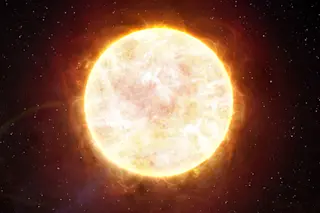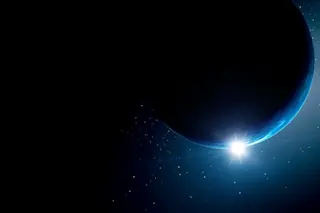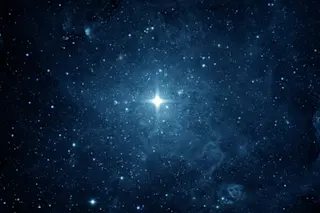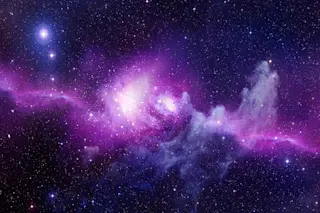1969: "We landed on the moon. It's dry." 2008: "Excellent, we were wrong: It's not totally dry." 2010: "Actually, we may have been very wrong about that: There could be even hundreds of times more water there than we thought." That last statement is the latest in a rising tide of announcements of water on the moon; DISCOVER covered when the news broke in March, and now the study is out in the Proceedings of the National Academy of Sciences. To sum up: After reanalyzing moon samples from the Apollo landings and meteorites of lunar origin, a team led by Francis McCubbin calculated a water content of 64 parts per billion to 5 parts per million. That's paltry compared to even the driest places on Earth. But, they write, "This lower limit range of water contents is at least two orders of magnitude [100X] greater than the previously reported value ...
Moon May Have 100 Times More Water Than We Thought. How’d We Miss It?
Discover the surprising findings of water on the moon, calculations reveal higher water content than previously believed.
More on Discover
Stay Curious
SubscribeTo The Magazine
Save up to 40% off the cover price when you subscribe to Discover magazine.
Subscribe

